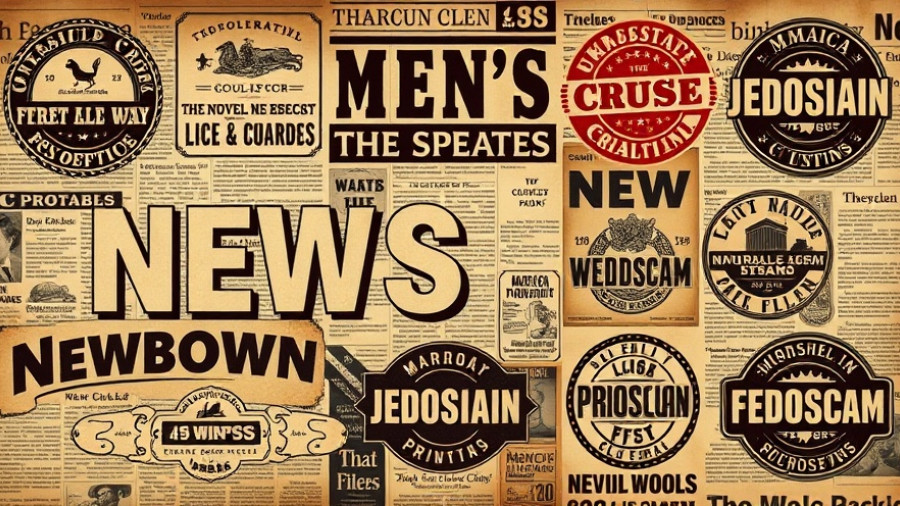
A New Vision for the Bay Area: Housing, Transport, and Climate Action
As we navigate the profound changes in our urban landscape, especially in the bustling Bay Area, a sense of urgency surrounds the latest initiatives aimed at shaping the region’s future. The Draft Plan Bay Area 2050+ has recently come to light, proposing an ambitious roadmap that spans the next 25 years. Developed by the Metropolitan Transportation Commission (MTC) and the Association of Bay Area Governments (ABAG), this draft serves as a revised vision to tackle pressing issues such as housing affordability, improved public transit options, and climate resilience across the diverse tapestry of our neighborhoods.
Connecting Communities: What Does the New Plan Entail?
The Draft Plan outlines over 35 actionable strategies, solidifying a framework not only to cut per-person greenhouse gas emissions by 21% by 2035 but also to make substantial strides in accessible and affordable housing. The proposed goals include a staggering 25% decrease in housing and transportation costs, effectively aiming to create a more livable environment for low-income households. What's particularly noteworthy is the involvement of over 17,000 residents during the draft's formulation—demonstrating an extraordinary community engagement process that speaks directly to the needs of local residents.
Challenges in Pursuing the Vision
Despite these hopeful projections, achieving the lofty goals set forth in the Draft Plan may face considerable challenges, particularly in relation to funding and infrastructure readiness. As referenced in the San Francisco Transportation Plan, the anticipated reduction in travel—41% from pre-pandemic days—raises questions about the future viability of our transportation systems and whether they can continue adapting to our ever-evolving needs.
Innovative Solutions: Embracing Technology and Green Strategies
One of the most exciting proposals emerging from the conversation around the future of Bay Area transit is the idea of utilizing innovative technologies. From hydrogen ferries to autonomous vehicles, areas like Zoox AVs are beginning to allow riders, showcasing how technology can enhance urban mobility while working hand-in-hand with ecological objectives. However, this raises essential discussions about the actual benefits versus the projected costs, as evidenced by studies indicating that some green alternatives may have unexpected environmental impacts, such as the hydrogen ferries currently in operation in Norway that reportedly produce more CO2 than traditional diesel.
A Pattern of Local Engagement: The Path Ahead
The ongoing dialogues around public participation in urban planning are increasingly vital. As the Bay Area plans its future, the need to involve the community deeply in decision-making processes cannot be overstated. The success of these plans hinges on listening to the voices of all stakeholders—residents, businesses, and advocacy groups—and ensuring that the proposed solutions reflect the diversity and needs of the entire Bay Area.
Your Role in Shaping Our City
With the draft plan open for public comment until December 18, now is the time for community members to engage in the conversation. Sharing your thoughts and experiences not only helps shape the direction of local initiatives but empowers a sense of ownership within your community. Whether you’re an arts enthusiast, a health advocate, or someone simply dedicated to fostering a vibrant local atmosphere, your input is invaluable.
Insightful public hearings, including those planned in San Francisco, Fremont, and Novato, present an excellent opportunity for residents to express their opinions. Let's come together to form a collective vision that champions inclusivity and drives progress.
For those interested in supporting the foundation of independent journalism dedicated to issues affecting our community, consider contributing to local initiatives that help us stay informed.
Your opinion matters—engage in the ongoing conversation today!
 Add Row
Add Row  Add
Add 



Write A Comment